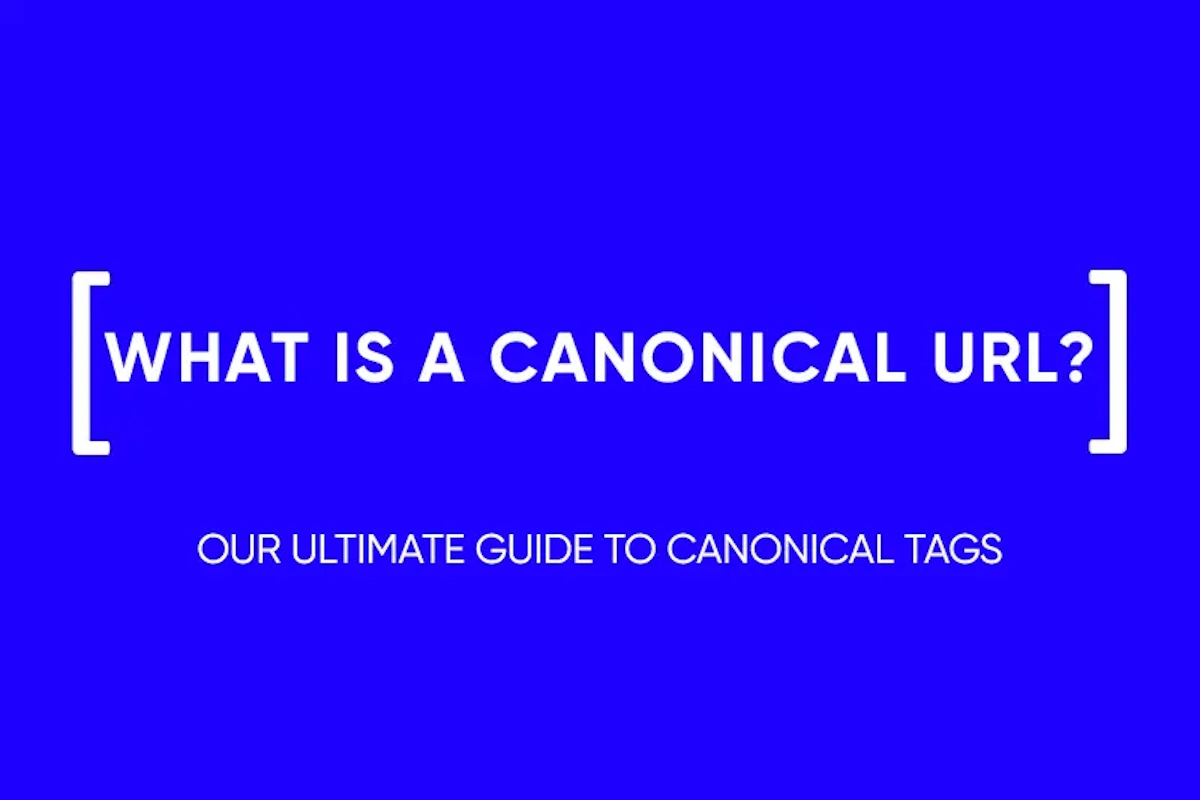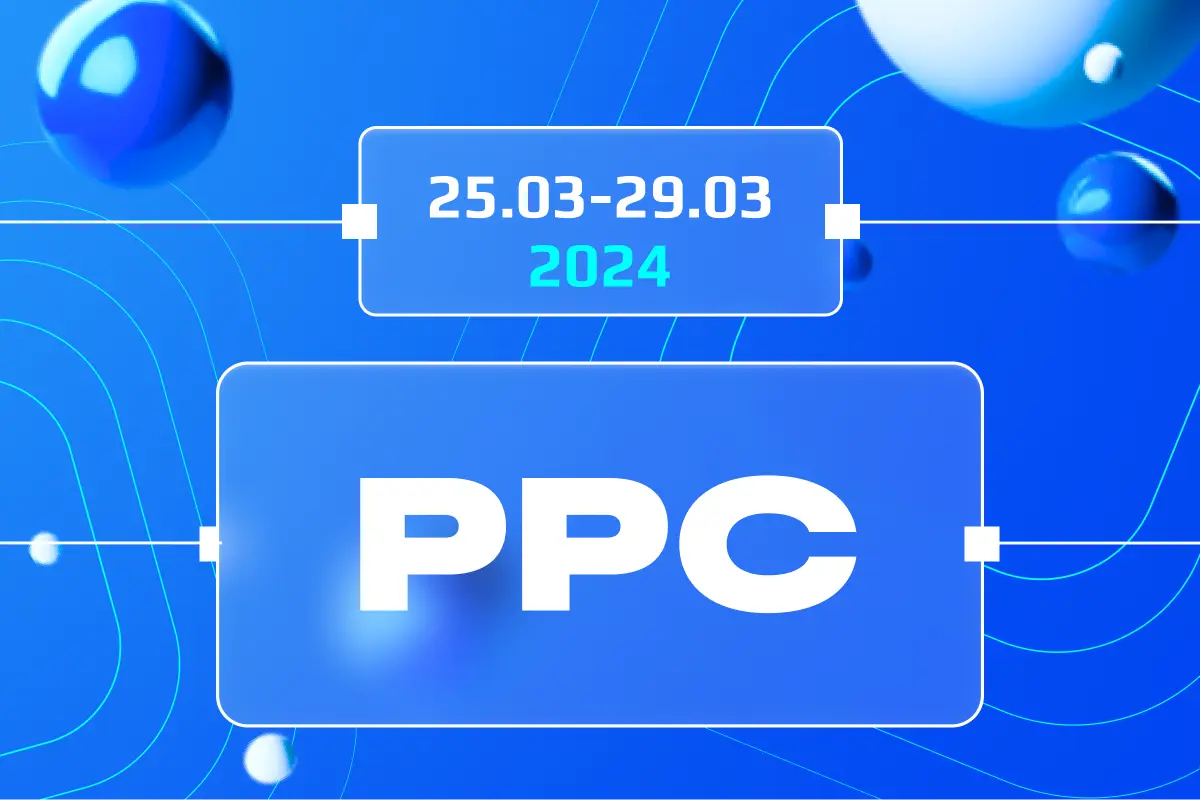Inbound Marketing
Inbound marketing is a methodology that focuses on attracting customers through content and interactions that are relevant and helpful rather than interruptive. Unlike outbound marketing, where marketers attempt to find customers, inbound marketing earns the attention of customers and makes the company easy to be found. This approach uses various channels, such as SEO, content marketing, social media, and more, to create brand awareness and attract new business.
Why is inbound marketing important?
Inbound marketing is vital because it revolves around the way people make purchasing decisions today. With the internet right at their fingertips, people can do research and buy products and services without ever speaking to a salesperson. With inbound marketing, businesses become visible to potential customers during the research phase, and companies provide them with useful and relevant content. This methodology helps in attracting quality leads, increasing customer satisfaction and loyalty, and finally helps to build sustainable business growth.
Inbound Marketing Versus Outbound Marketing
Inbound marketing, distinct from outbound marketing, is different in terms of the approach of reaching potential customers. Outbound marketing uses conventional approaches such as TV advertisements, print advertisements, cold calling, and trade shows to transmit messages to a broad audience, hoping for a response. In contrast, inbound marketing focuses on creating quality content that pulls people to your company and product where they naturally want to be. By aligning the content you publish with your customer’s interests, you naturally attract inbound traffic that you can then convert, close, and delight over time.

Inbound Marketing Versus Content Marketing
Inbound marketing and content marketing are terms often used interchangeably but essentially distinct. Inbound marketing can include content marketing as part of a broader strategy, social media marketing, and others to develop a comprehensive approach that attracts, engages, and delights customers. Content marketing specifically focuses on creating and distributing valuable, relevant, and consistent content that will attract and retain a clearly defined audience.
How does inbound marketing work?
Inbound marketing follows a multi-stage process:
The goal of attracting strategies is to attract the right traffic to your company’s website and social media profiles. This is achieved by creating and sharing content that is relevant to the interests and needs of your target audience. Content can include blog posts, videos, infographics, and social media updates.
To attract the right customers, inbound marketing employs a variety of strategies designed to draw in audiences who are most likely to become leads and eventually happy customers. These strategies include:
- Content Creation: Producing high-quality, valuable content that addresses the problems and needs of your target audience.
- SEO: Optimizing your content and site structure to rank higher in search engine results pages (SERPs) for keywords and phrases your target audience is searching for.
- Social Media Marketing: Using social media platforms to share your content and engage with your audience. This not only increases your reach but also drives traffic back to your website.
Engaging inbound marketing strategies focus on creating meaningful interactions with potential and current customers based on the information they have shared with you. The idea is to provide solutions that solve problems, answer questions, and engage customers in a way that leads to deepening their relationship with your brand. Key strategies include:
- Email Marketing: The use of personalized email campaigns that provide value and relevance to the recipient to encourage further engagement with your brand.
- Lead Nurturing: Acting on a lead by serving up tailored content that guides them through the buying process. At each stage, they are enabled with information and support to make the best choice.
- CRM Systems: Use of customer relationship management (CRM) systems where data and information related to the customers are managed throughout the customer lifecycle to create better business relationships with customers, assist in customer retention, and push for sales growth.
Delighting strategies in inbound marketing involve the provision of an exceptional experience to the customers to transform them not just into repeat customers but also as brand advocates. These strategies ensure that their interactions with your business continue to be positive even after they are your customers. Some examples include:
- Customer Support: Some of the best customer service should help solve problems and answer questions quickly and efficiently.
- Smart Content: Personalized, relevant content that is customized to your customer’s preferences and interests.
- Feedback Loops: Implementing systems that enable your company to get and analyze feedback from customers for continuous improvement.
Benefits of Inbound Marketing
Inbound marketing carries many benefits:
- Cost Effectiveness: It often is less expensive than most traditional outbound marketing methods since it targets users who are already interested in what you have to offer.
- Higher Engagement: By providing valuable content, inbound marketing strategies tend to generate higher engagement rates from audiences.
- Better Leads: You attract more quality prospects who are looking for solutions that your business offers.
- Better Customer Experience: Inbound marketing’s engagement and delight strategies help build positive interactions, creating customer loyalty and advocacy.
- Higher Credibility: Producing helpful content places your brand as a thought leader in your industry.
How to Do Inbound Marketing
Content and Search Engine Optimization (SEO)

Several key steps are necessary for executing an effective inbound marketing strategy:
- Content and SEO: Content is at the heart of inbound marketing, and SEO makes your content visible to the right people. Key activities include:
- Keyword Research: Find out which terms and phrases your target audience searches for related to your products, services, or general industry information.
- Content Creation: Development of high-quality and valuable content that addresses the questions and needs of your audience, such as blog posts, e-books, infographics, and videos.
- On-Page Optimization: Enable proper optimization of your content for search engines, including keyword optimization, creating meta descriptions, and optimizing images.
- Link Building: Earn more authority for your website by getting backlinks from reliable sites in your industry.
Use Tools and Technology as Aids
The use of tailored tools and technologies that streamline processes, automate tasks, and help in the analysis of data is what makes inbound marketing so effective. Such tools as Customer Relationship Management (CRM) systems, email marketing platforms, content management systems (CMS), analytics tools, and automation software are what businesses will typically use to manage their inbound marketing effectively. For those interested in leveraging their content further, exploring how affiliate marketing can complement your inbound strategy might be beneficial. For more insights, you can read about Affiliate Marketing for Bloggers.
The current list of tools marketers get from employing these devices are in place to:
- Automate repetitive tasks, such as social media posts and email marketing campaigns.
- Segment audiences in order to better target messaging and content.
- Analyze customer data for insights into behavior, preferences, and engagement patterns.
- Optimize campaigns in real-time based on analytics and performance metrics.

Align Marketing and Sales Teams
For inbound marketing to be truly effective, there must be a strong alignment between the marketing and sales teams. This alignment ensures both teams are working toward a common goal, utilizing consistent messaging and strategies to guide leads through the sales funnel. If you’re looking to expand your knowledge on performance-based marketing that aligns with sales objectives, consider reading about CPA Marketing.
To achieve the aforementioned point, one needs to:
- Establish shared goals and metrics to measure success collectively.
- Implement lead scoring to qualify leads based on engagement and readiness to buy.
- Promote open communication between teams, sharing insights, feedback, and updates on lead status.
- Create a Service Level Agreement (SLA) that outlines the responsibilities of both the marketing and sales teams during lead generation and conversion.
Maintain Your Channels and Platforms
Consistent maintenance and optimization of your channels and platforms are vital for your inbound marketing effort. This includes maintaining or updating your website, blog, social media profiles, or any other platforms you use to reach out to your audience. For those who aim to refine their content strategy further, taking an Affiliate Marketing Course could provide valuable insights into creating content that sells.
The key practices for updating regularly include:
- Keeping your website up to date with the latest news, products, and services.
- SEO optimization of your content.
- Monitoring performance and solutions for possible issues that may affect user experience or accessibility.
- Monitoring engagement to get information about your audience’s interaction with your content and platforms.
Integrate with Outbound Marketing Efforts

Combining inbound marketing with outbound marketing efforts can boost your reach and impact. For marketers looking to explore cost-effective ways to start with affiliate marketing, which is a blend of inbound and outbound techniques, reading about How To Start Affiliate Marketing With No Money can provide actionable tips.
The previously mentioned integrations might take many different forms, such as:
- Outreach to leads via email with PPC ads targeting your high-performing content.
- Retargeting campaigns on qualified leads who have shown interest in your products or services.
- Direct mail or telemarketing outreach for targeted outreach to qualified leads.
Integration of inbound and outbound strategies allows for a comprehensive approach in reaching and engaging your target audience.
Manage Inbound Marketing with the Right Tools
It is critical that the strategy of managing the effort behind inbound marketing should be done so with the appropriate tools. For those exploring niche markets, understanding the best practices in affiliate marketing can be incredibly beneficial. For more information, consider reading about the Best Affiliate Marketing Niches, which can help tailor your inbound marketing efforts to specific audiences.
The essential tools include:
- Content Management Systems (CMS) to produce, publish, and optimize your website and blog content.
- CRM software to maintain interactions with leads and customers, content they have interacted with, and all the data related to that.
- Marketing automation platforms for email campaigns, social media posting, among other marketing tasks.
- Analytics and SEO tools to monitor performance, perform keyword research, and optimize your content.
Choosing the right tools and technologies will depend on your specific needs, goals, and budget. However, the investment in these tools is essential to execute an effective inbound marketing strategy to attract, engage, and delight your audience.
and stay up-to-date with the latest news about our platform and affiliate marketing.




